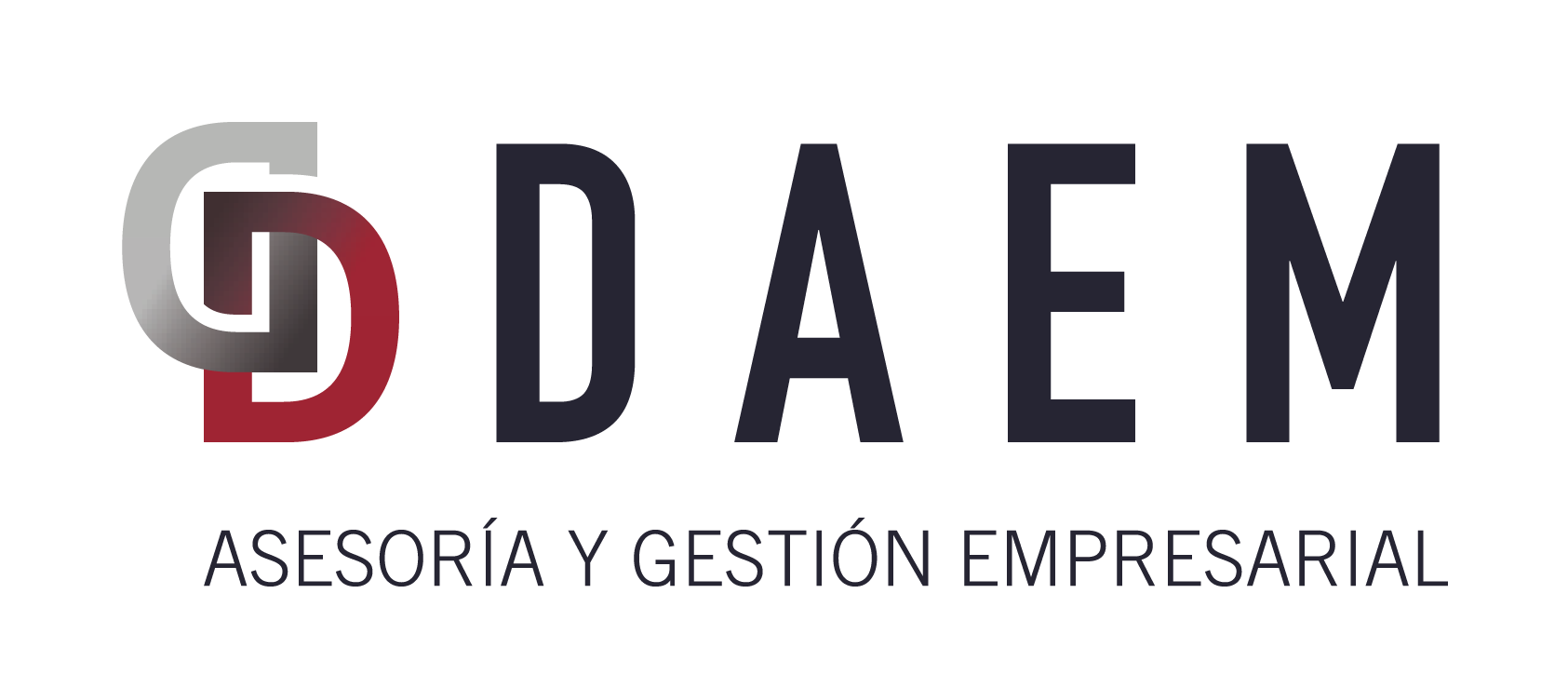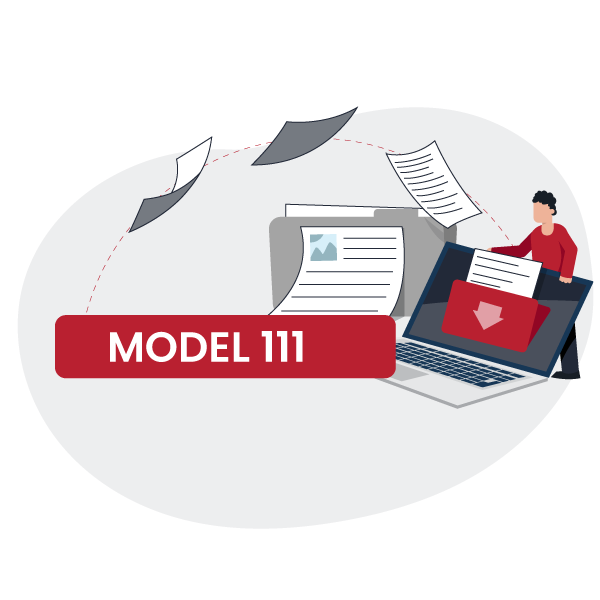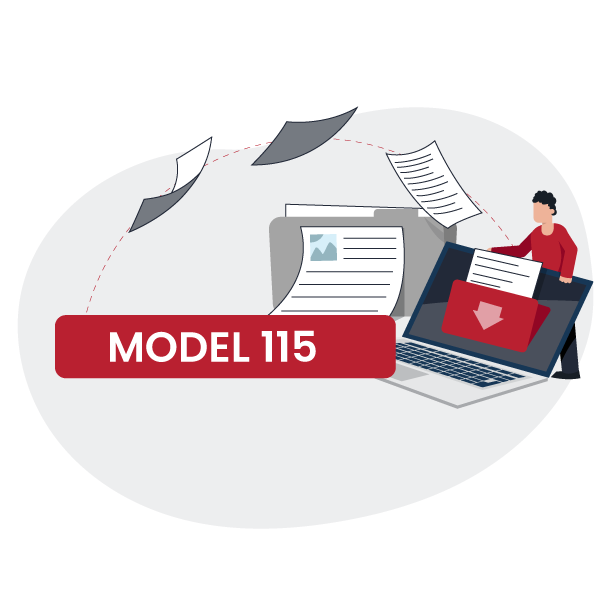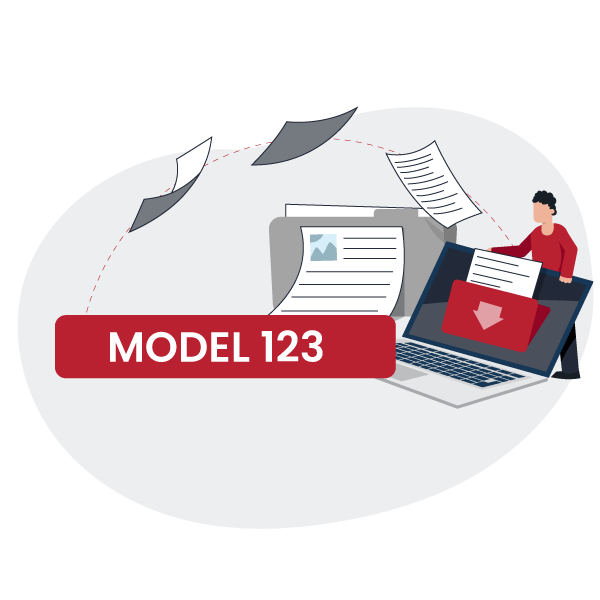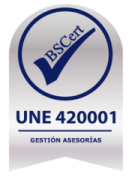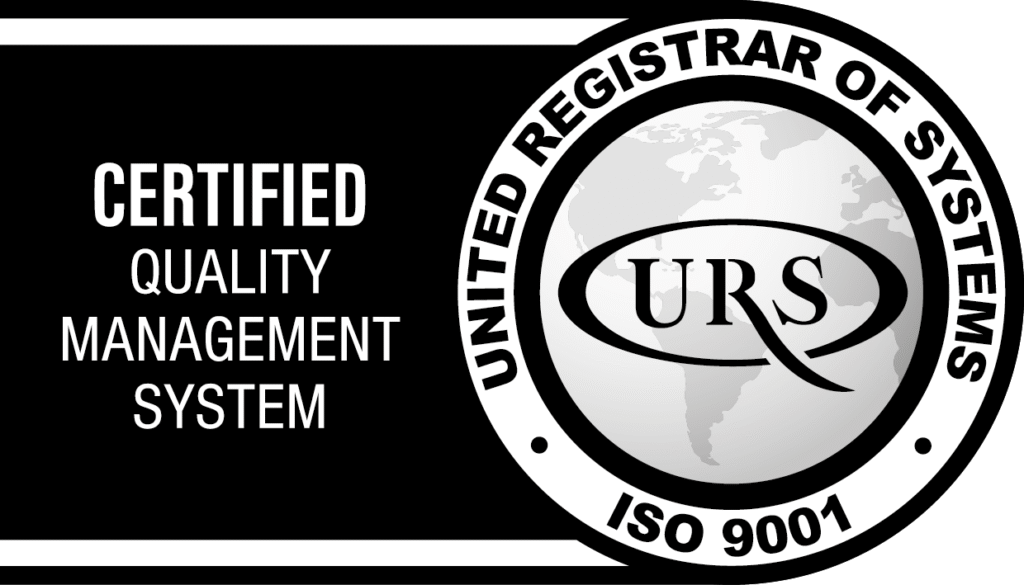The term “Model 100” might not sound familiar to you, as it’s not its common name among citizens in Spain. However, if we talk about the Income Tax Return, you’ll surely know what it is.
This is the form that most taxpayers must submit every year, and its incorrect submission or late filing can lead to financial penalties.
In this article, we’ll explain what Model 100 consists of, who must submit it, what the deadline is for doing so, its purpose, and what consequences can arise from not submitting it or submitting it late.
What is Model 100?
Model 100 is the official document used in Spain to file the annual Personal Income Tax (IRPF) return. However, it’s better known by its common name: the Income Tax Return.
Through this form, taxpayers—whether employees, freelancers, or any individual with tax obligations—inform the Tax Agency about the income earned and applicable deductions during the previous fiscal year.
The declaration must include all sources of income: salaries, capital gains, capital gains or losses, as well as imputed income.
Who Must Submit Model 100?
Generally speaking, all taxpayers who are tax residents in Spain and have received income equal to or greater than €22,000 during the year are obligated to submit Model 100.
This limit is reduced to €14,000 annually if the taxpayer has had more than one payer and the amount received from the second (or subsequent) payer exceeds €1,500 in total.
For those engaging in economic activities, such as self-employed workers, the obligation arises with much lower income: if net earnings exceed €1,000 annually, it’s already necessary to submit the Income Tax Return via Model 100. In other words, practically all freelancers must comply with this tax obligation.
There are, however, certain exceptions and particular situations where it is not mandatory to submit this declaration. These are detailed on the official website of the Tax Agency.
When Must Model 100 Be Submitted?
Model 100 does not have a fixed submission calendar; each year, the Tax Agency publishes the specific dates within which the Income Tax Return must be filed. Generally, this period falls between early April and late June.
For example, in the campaign corresponding to the 2023 fiscal year, the dates were as follows:
- Online submission: April 11th to June 30th. If direct debit for payment was chosen, the deadline was June 27th.
- Telephone submission: May 5th to June 30th.
- In-person submission at offices: June 1st to 30th, by appointment.
Each submission method may have different deadlines, and in some cases, it’s necessary to make an appointment in advance. Furthermore, the Tax Agency also determines specific dates when the declaration results in a payment due and the taxpayer wishes to make the payment via direct debit.
What is the Purpose of Model 100?
The purpose of Model 100 is to determine the amount each taxpayer must pay or receive in relation to Personal Income Tax (IRPF). Through this form, both earned income and deductible expenses are declared, in addition to applying any applicable deductions or bonuses based on personal and family circumstances.
Once the declaration is submitted, the Tax Agency will calculate whether the result is to be paid (i.e., if the taxpayer owes money) or to be refunded, in cases where withholdings were higher than what was actually due.
What Happens if I Submit Model 100 Late?
If you are obligated to submit Model 100 and fail to do so within the established deadline, you could face surcharges and financial penalties. The amount of these penalties will vary depending on whether you regularize the situation on your own initiative or if you do so after receiving a request from the Tax Agency.
If you submit the declaration before the Tax Agency notifies you of the non-compliance, a surcharge will be applied based on the time elapsed since the deadline:
- 5% if the delay is less than 3 months
- 10% if the delay is between 3 and 6 months
- 14% if the delay is between 6 and 12 months
- 20% if the delay exceeds 12 months
However, if you act after receiving a request, surcharges no longer apply, but rather penalties that depend on the severity of the infraction:
- Minor infraction: 50% of the unpaid amount
- Serious infraction: 100% of the unpaid amount
- Very serious infraction: 150% of the unpaid amount
Therefore, it’s essential to submit the declaration as soon as possible to avoid larger penalties.
At DAEM, as specialized tax advisors, we can help you prepare and submit your income tax return correctly and within the established deadlines.
How Can Payment for Model 100 Be Postponed?
If, after submitting Model 100, the result is a payment due, there are several alternatives to fulfill the tax obligation:
- Single payment: This is the most straightforward option. The total amount is paid in one go, usually on the last day of the submission period, which is typically June 30th.
- Fractioned payment in two installments without interest: You can divide the payment into two parts at no additional cost. 60% is paid by the submission deadline (generally June 30th), and the remaining 40% at the beginning of November, usually around the 5th.
- Request for extraordinary postponement: If facing financial difficulties, you can request a postponement to settle the debt in several installments, although this option does incur interest. Furthermore, if the amount to be paid is equal to or greater than €50,000, it will be necessary to provide a guarantee for the Tax Agency to review and approve the request.
On the other hand, if the declaration results in a refund due, the Tax Agency has until December 31st of the same year to issue the refund, without generating interest. However, this deadline may be interrupted if any review procedure or request is initiated.
How is Model 100 Related to Other Tax Forms?
Model 100 does not function in isolation but is closely linked to other tax forms that also manage aspects of Personal Income Tax (IRPF), especially for self-employed workers.
For example, withholdings made by employers are reported using Model 190 and must match the data that the taxpayer includes in their annual return. Similarly, freelancers submit IRPF advance payments via Model 130 (direct estimation) or Model 131 (module regime). It is fundamental that the amounts declared in these quarterly models correspond to those finally reflected in Model 100.
Furthermore, if you issue invoices with withholding, your clients are obligated to pay those withholdings via Model 190, which directly affects your annual return. Therefore, it’s crucial that all information matches across the different models submitted, both by you and by your clients or payers.
The information contained in Model 100 is also relevant for correctly adjusting fractional payments and calculating the final income tax result, whether it’s a payment due or a refund.
At DAEM, as specialized tax advisors, we can help you review this documentation and ensure all data reconciles, avoiding errors, penalties, or unnecessary payments. If you need support in preparing and submitting your Income Tax Return, we are here to guide you through the entire process and ensure timely compliance with your tax obligations.
Important Notice
At DAEM, we are committed to providing accurate and updated information in our publications. However, due to the complexity and possible changes in tax regulations, we recommend seeking advice from specialized professionals to correctly handle the particularities of each case. We do not assume responsibility for possible errors or omissions in the content presented.
